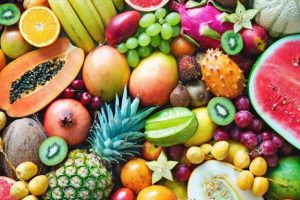This Is the City Where People Don’t Get Enough to Eat

Shortly after the outbreak of COVID-19, the U.S. Census Bureau launched a vast initiative to measure the effects of the disease on Americans. It is called the Household Pulse Survey. So far, the results have been released in three phases, which began with the first study that was in the field starting April 23, 2020. The data is released by week.
Each weekly report actually covers about two weeks of information gathered by the Census Bureau and other federal agencies. Among the questions asked each week is whether any adults who respond “live in households where there was either sometimes or often not enough to eat in the last 7 days.”
Current data covers Week 27 and includes the results of questions about income loss, the percentage of Americans who work from home, food scarcity, food insecurity, chances of eviction or foreclosure, difficulty in paying household expenses, whether people have received a COVID-19 vaccine and whether those not vaccinated plan to be so in the future.
The work is done in partnership with the Bureau of Labor Statistics (BLS), Bureau of Transportation Statistics, Centers for Disease Control and Prevention (CDC), Department of Housing and Urban Development, National Center for Education Statistics, National Center for Health Statistics, Social Security Administration and USDA Economic Research Service.
Data come from the 50 states, the District of Columbia and America’s largest metro areas.
The official term for people who have struggled to get enough to eat is “food scarcity.” According to the Association of American Medical Colleges: “Feeding America, the largest hunger-relief organization in the United States, estimates that 17 million people in the country could become food insecure because of the pandemic, bringing the total to more than 54 million people in the country, including 18 million children.”
The city where food scarcity is the highest was Miami at 15.5%, followed by Houston at 14.5%. The national average in the Census Bureau study was 8.8%. At the far end of the list, the figure in Boston is 5.1% and Seattle is 5.4%. Although the Census Bureau does not link food security to income, Boston and Seattle are at the high end of metro areas based on median household income.
Click here to see the state where people don’t get enough to eat.
Get Our Free Investment Newsletter
Source: Read Full Article
